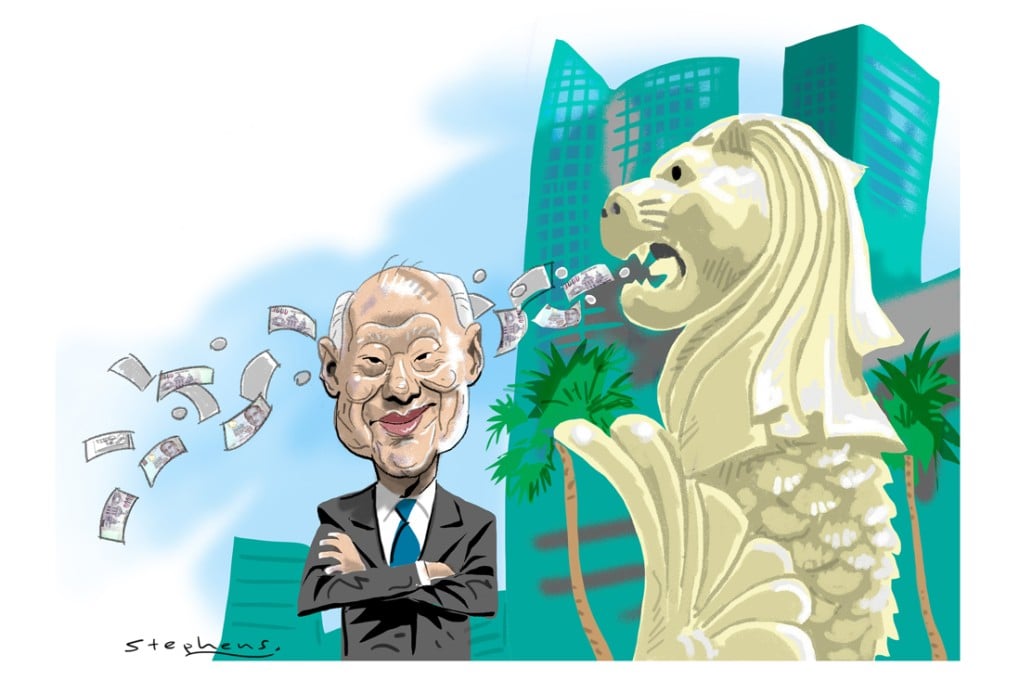Lee Kuan Yew, a true economist
Francis Lui says the successful economic and social policies of Lee Kuan Yew reflected his belief in and understanding of the free market, yet also an obsession to nevertheless control it

Lee Kuan Yew was Singapore," his son, Lee Hsien Loong rightly remarked. To understand what this brilliant man achieved, we must look at Singapore itself. From the founding of Singapore as a nation in 1965 to 2014, its real gross domestic product expanded by 37.9 times. This fact alone would guarantee Singapore a place in the league of miracle states. Last year, its per capita GDP stood at US$56,284, higher than that of the United States.
GDP is only a summary statistic, but other indicators also support the success story of the city state. An awesome 90.3 per cent of Singaporean residents own their homes. The public housing system helps a lot. Some 80 per cent live in quarters built by the Housing Development Board, which can be bought and sold in the market at prices much lower than those in Hong Kong. Life expectancy at birth has surpassed 82. Educational attainment is less spectacular, but still good - 30.5 per cent of those aged 25 or above only attended primary school or lower.
International investors love Singapore. Its residents are clearly proud of their international financial centre, great container terminal and airport.
How did Lee Kuan Yew do it? What price has Singapore paid? Lee's strategy for economic development included a number of steps, all of which are still in place. Singapore's gross national savings rate of about 45 per cent is among the highest in the world. When people save almost half their incomes, capital accumulation will be rapid, but there will not be much left for consumption. As a result, even though last year, Singapore's per capita GDP was 41.6 per cent higher than that of Hong Kong , its per capita private consumption was 21.3 per cent lower.
Lee also wanted foreigners to invest in Singapore. He used taxpayers' money to subsidise them. It was not uncommon for international investors to enjoy much higher returns than their domestic counterparts. Industrial policy was another hallmark of Lee's strategy. The government would subsidise some favoured industries and hoped they would lead the economy to move up the technology ladder quickly.
Finally, under Lee's guidance, Singapore adopted a very aggressive human resource policy to attract talent from all over the world, particularly China.
Rapid capital accumulation can drive economic growth, but the law of diminishing returns tells us that the contribution from each additional unit of capital will become smaller and smaller. In 1992, economist Alwyn Young published a famous paper titled, "A Tale of Two Cities", which showed that the industrial policy of Singapore was not such a success. The nation had been trying to climb the technology ladder too quickly and unrealistically, paradoxically causing productive efficiency to stagnate. Young predicted that the high growth of Singapore would end soon because capital accumulation could not help much in driving growth any more.
